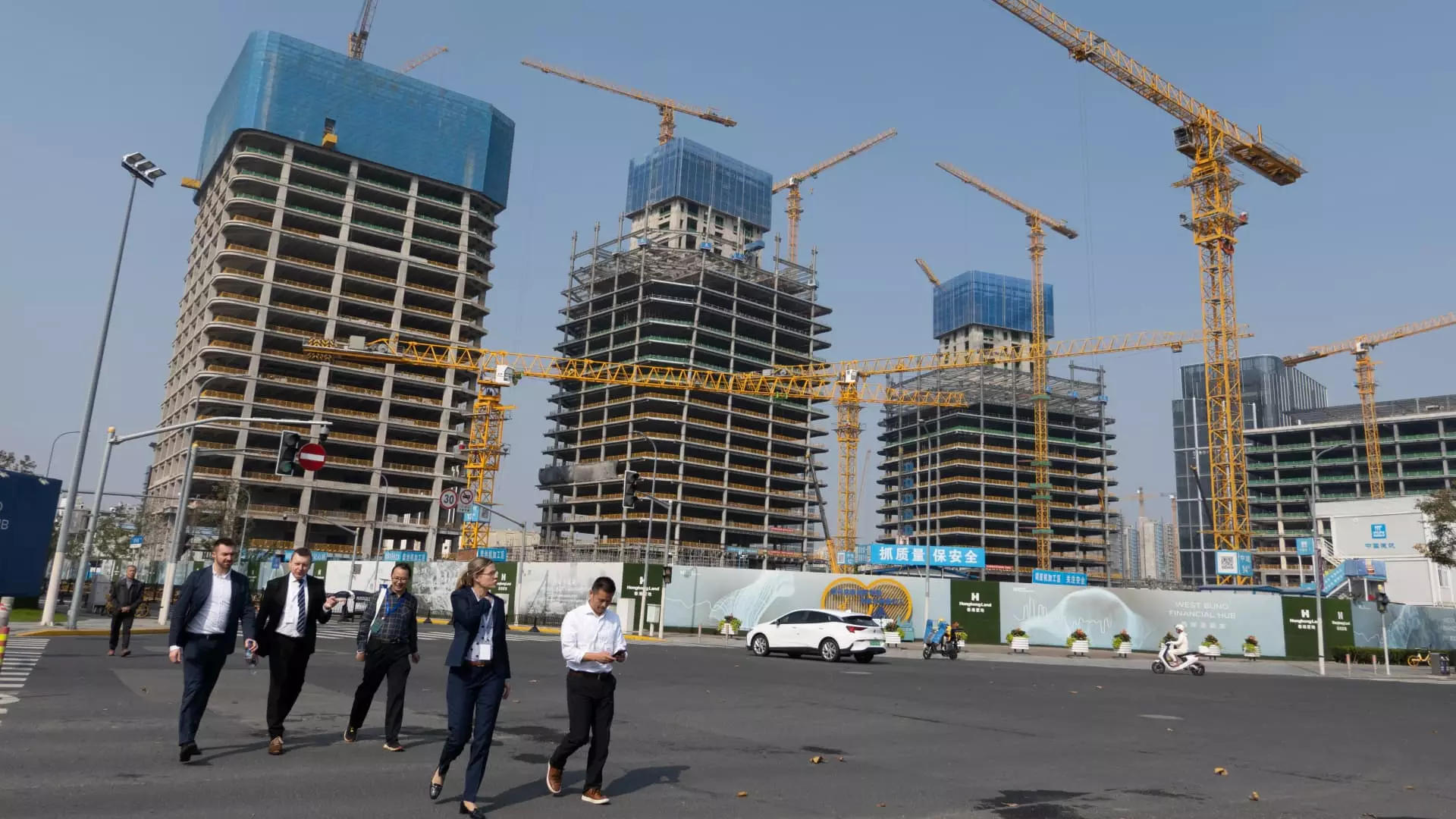As China approaches the conclusion of a significant parliamentary session, there is palpable anticipation surrounding the potential unveiling of new economic stimulus measures. These measures are a response to mounting economic pressures and a continued decline in the real estate sector, which has been a critical component of local government revenue. This urgency is compounded by external factors, including trade tensions with the United States, following recent electoral developments.
The recent flurry of stimulus discussions reflects China’s ongoing struggle with economic growth. Initiated by President Xi Jinping in a meeting held on September 26, these discussions have emphasized the necessity for robust fiscal and monetary policies aimed at invigorating the economy. Since late September, expectations have grown that authorities will formalize steps to bolster financial stability. The People’s Bank of China (PBOC) has taken preliminary actions such as cutting interest rates; however, substantial fiscal interventions require consent from the National People’s Congress—a body that has historically played a pivotal role in sanctioning increases in national debt and expenditure.
The context of these measures lies in a complex web of challenges. The looming threat of tariffs under the U.S. administration, compounded by a significant local government debt crisis, has placed extraordinary strain on economic policy makers. These external pressures necessitate a reevaluation of traditional strategies and have created an atmosphere of urgency within Chinese fiscal planning.
One of the most pressing issues facing the Chinese economy is the ballooning local government debt, estimated at an astonishing 50 trillion to 60 trillion yuan ($7 to $8.4 trillion). Analysts from Nomura suggest that local authorities may be granted permission to issue an additional 10 trillion yuan in bonds over the coming years. This strategic maneuver aims not only to address local government financing needs but also to replace the invisible debts that have accrued in recent years.
Local governments have been squeezed by declining revenues from the struggling real estate market, which has historically been a vital revenue stream. Compounded by expenditures on COVID-19 control measures, the financial viability of these regions is increasingly precarious. Consequently, any approvals for increased debt issuance are not merely about liquidity; they represent a critical lifeline for local governance.
Despite the promising signals regarding increased fiscal support, there remains a cautious undertone among some analysts. The need for direct consumer support, a key element of any stimulus strategy, may not be fully addressed. Minister of Finance Lan Fo’an’s recent remarks underscore the focus on rectifying local government debt over injecting cash directly into the economy.
Moving forward, China faces a delicate balancing act. On one side, the urgency for substantial economic stimulus measures is clear; on the other, the intricate challenges posed by debt and external pressures necessitate a carefully calibrated approach. As the government deliberates on these pivotal decisions, the impact of this parliamentary session will likely reverberate through China’s economy for years to come, defining its recovery trajectory in an increasingly complex global landscape.


Leave a Reply